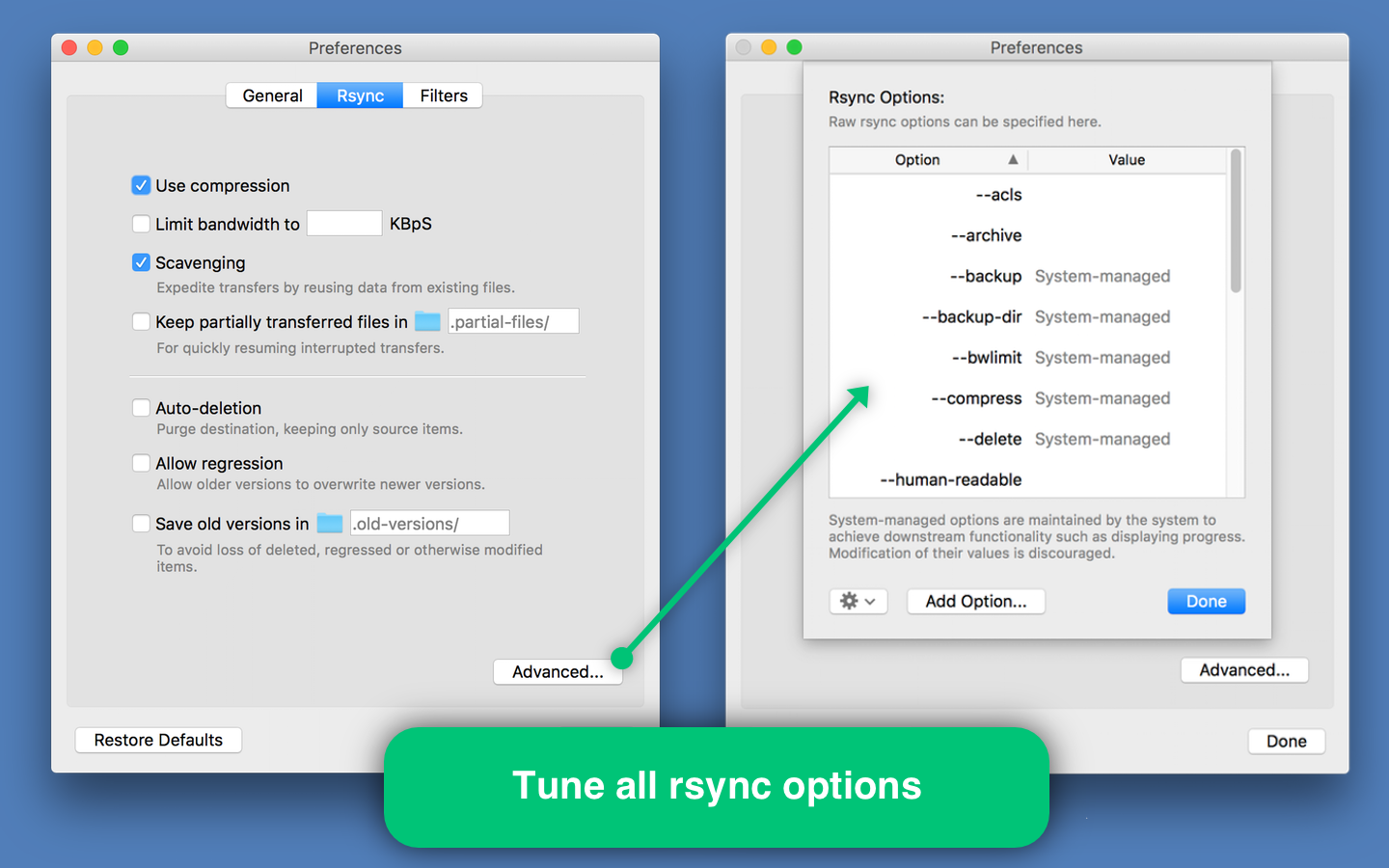

- #COMPRESSED IMAGE BACKUP OS X YOSEMITE 2017 HOW TO#
- #COMPRESSED IMAGE BACKUP OS X YOSEMITE 2017 ISO#
- #COMPRESSED IMAGE BACKUP OS X YOSEMITE 2017 MAC#
#COMPRESSED IMAGE BACKUP OS X YOSEMITE 2017 ISO#
There is no progress bar so just wait it out, how long the ISO copy process takes depends on a variety of things, including the speed of the Mac, the speed of the target volume, and the size of the ISO file being copied or burned to the destination.

Unmount the target volume using the following command, replacing the identifier as appropriate:Īgain using the above example, which is not universally applicable:.Locate the USB volume name of the target drive (in this example, “THE_DESTINATION”) and make note of the identifier (in this example, “disk3s2”).This may look something like the following, it will be different on every Mac:ģ: Apple_Boot Recovery HD 650.1 MB disk0s3Ġ: Apple_HFS Macintosh HD *249.8 GB disk1 Type the following command to print a list of attached volumes on the Mac:.
#COMPRESSED IMAGE BACKUP OS X YOSEMITE 2017 MAC#

You should back up the Mac with Time Machine before beginning. There is no confirmation, therefore it is critical you use the proper drive identifier and proper syntax to avoid erasing the wrong thing. This will erase the target volume, replacing whatever data is on the destination drive with the ISO contents.
#COMPRESSED IMAGE BACKUP OS X YOSEMITE 2017 HOW TO#
How to Copy an ISO File to a Target Drive Using ‘dd’ in Mac OS X That risk makes this method not appropriate for novice Mac OS X users, instead, those users should turn to the simpler approach of using Disk Utility to burn an ISO the traditional way instead. By using sudo dd, there is little margin for error, and a wrongly implicated disk identifier could result in permanent data loss. It’s important to note this is somewhat advanced and should only be used by Mac users who are thoroughly comfortable with the command line. There are alternative solutions, but this command line approach using dd requires no third party downloads, it is quite fast, and is consistently reliable in producing bootable volumes out of ISO files. If you have downloaded an ISO image of another operating system, say Ubuntu Linux or Windows 10, and you wish to turn that ISO image file into a bootable USB installer drive using a USB flash drive or USB key, you’ll find the most reliable way to copy or ‘burn’ the ISO to that target USB volume is by turning to the command line of Mac OS X.


 0 kommentar(er)
0 kommentar(er)
